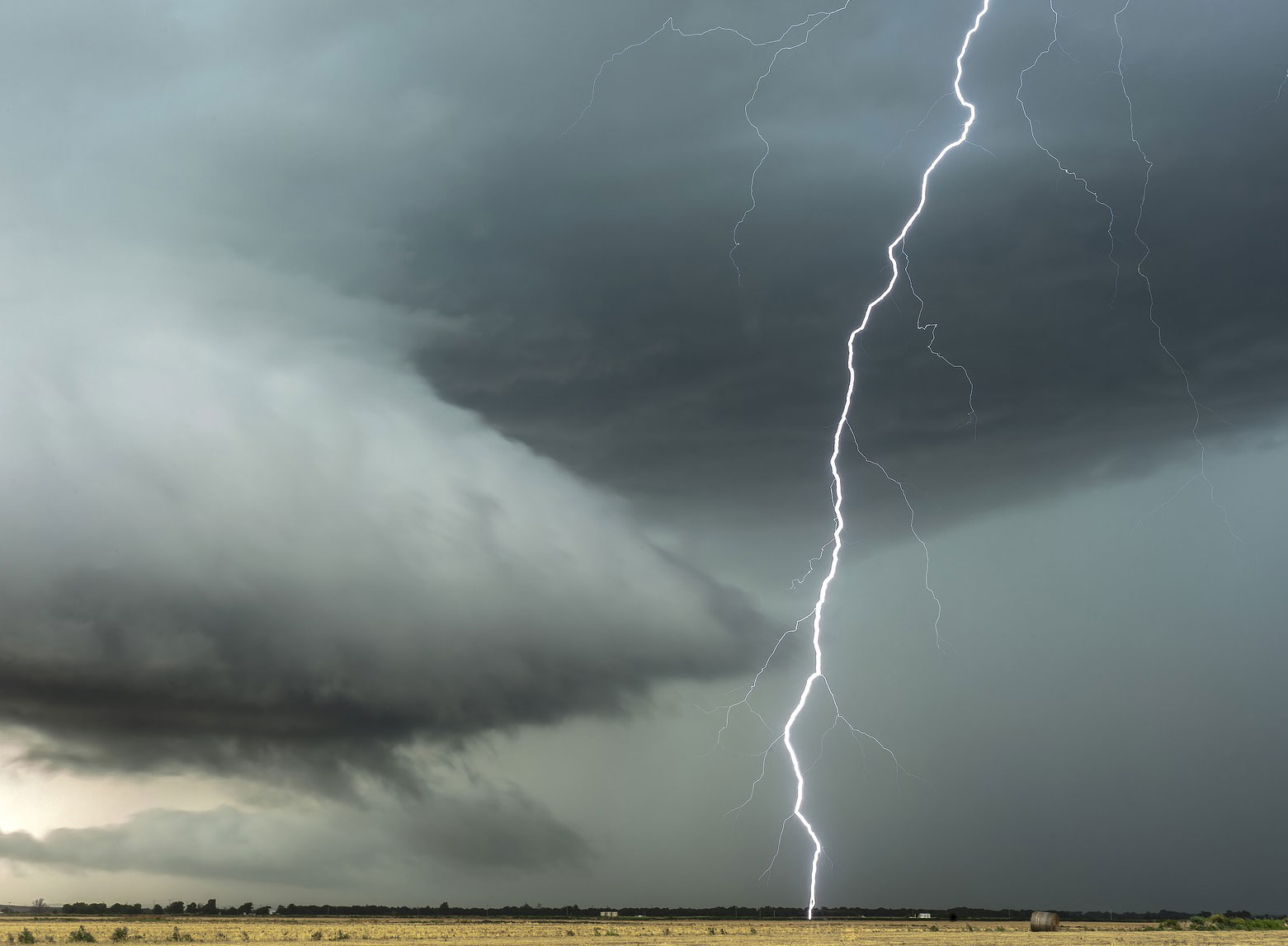If you’re lacking two things, they are probably money and energy.
Money can be saved, but is the same true for energy? Is it possible to “charge” a body battery so you can have energy all day?
That is the billion dollar question.
It’s an issue nearly every single person battles with.
-
A clock that seems to crawl at half-speed after lunch
-
Couches and chairs that are just too comfortable
-
Dinners that seem like too much of a chore to make
If you’re low on energy, you look at kids and think, “If only I could bottle that energy.”
And so you reach for your own bottle, or a mug.
You’re hardly alone. In 2018, energy drinks were a $58.01 billion business, globally. In the U.S. alone, consumers spent $74.2 billion in 2015.

By the numbers, it appears as if the world cannot function without some form of caffeine. Now, this is problematic for two reasons.
-
Caffeine’s functional time is limited
-
Caffeine has a dirty little secret it’s not telling you
The good news, as you’ll find out later, is there’s no need to rely on this drug for a day brimming with energy.
How Caffeine Works in Your Body
When you grab your cup of coffee or your energy drink, you know you’ll be feeling the full effects within a half hour.
You’ll be alert, focused, and you’ll feel like you’re ready to deal with an entire’s day of work. In reality, that boost you get will be half gone in about 5 hours.
Depending on a multitude of factors, it could be as little as 1.5 hours. Though, the largest factor is how often you drink caffeinated beverages. It’s all too easy to build up a tolerance.
You know that part because you can feel it. When your caffeine runs out, it’s not dissimilar to your significant other stealing the blankets on a cold night.
But when you learn this next part, you’ll realize that there has to be a better way.
Biochemically, caffeine works by attaching itself to adenosine receptors.
Adenosine is a chemical produced in your brain. It’s used as a signal for your body to start to wind down. Simply put, adenosine makes you sleepy.
Caffeine, meanwhile, looks close enough (chemically) to latch onto the open receptors, skipping ahead of adenosine and preventing it from telling your brain and body you’re tired.
Now, the focus you feel and the other benefits of caffeine are very much there. But in terms of “energy,” you’re not actually getting any. Your body is simply being tricked into thinking it’s not tired.
Yes, to some extent it’s semantics. However, it’s also why there’s a noticeable crash a few hours later.
It all points to the very obvious fact caffeine isn’t really helping you get energized.
How you really get energy
The most obvious way you get energy is by eating. Once you eat food, it gets broken down. Your body uses these food molecules to produce ATP, or cellular energy.
Generally speaking, the healthier the food, the easier it is for your body to create ATP -- or true energy.
It’s partly why you feel such a difference when you start eating healthier. The other part of that equation, of course, is ditching unhealthy foods like sweets and sugary beverages.
Now, ATP isn’t solely created through food.
There are a few other steps and methods by which you get this form of energy.
Electrons
In a battery, there’s an exchange of electrons. This exchange between the cathode (negative) and anode (positive), when hooked up to an electrical circuit, is what causes energy to be made.
Once again, you can get these electrons from the food you eat.
Generally speaking, the best foods for this are going to be:
-
Organic
-
Free-range
-
Wild-caught
-
Unprocessed
-
Pesticide-free
...and as close to nature as possible.
But it’s hardly the only way you can get electrons.
Lightning is nothing more than electrons jumping from the earth into the sky. You can take advantage of this, essentially catching lightning in a bottle, except in a much safer way.

When you get directly in touch with the earth, it’s called grounding. While it is definitely a play on words, it also has the benefit of allowing you to use the greatest source of electrons.
There’s just one catch: it works best with bare feet.
Rubber, as you know, is an insulator. Yet it’s the bottom of most every shoe.
By wearing rubber-soled shoes, you’re blocking a completely free way and incredibly easy way to charge your body’s battery.
Making sure you’re getting enough electrons is only one way to ensure you’re charging your body’s battery -- providing true energy that’ll last you more than just a few hours.
Oxygen
Oxygen is arguably the most important way you get energy. In fact, conventional science says you get 90% of your energy from oxygen and only 10% from food!
This is because the most efficient way for your body to produce ATP is through the Electron Transport Chain (ETC).
Yes, once again the importance of electrons cannot be understated.
However, it’s your body’s use of oxygen that can propel your energy levels into the stratosphere.
The key, in addition to getting enough through proper breathing and posture, is how efficiently your body is able to use oxygen.
You can upgrade this through exercise, but you don’t need to work yourself to the point of complete and utter exhaustion.
In fact, you shouldn’t even get anywhere close to that.
If you’re suffering from low energy, low-impact aerobic exercise is your best friend. While anaerobic (literally, without oxygen) exercise can teach your body how to work in an oxygen-deprived state, it’s far too stressful on the system for most people to do consistently.
Low-impact exercise is simply walking, jogging, biking, or swimming.
If you can get yourself out in nature where there’s a waterfall, beach, forest, you’ll be giving yourself an extra electron boost. Plus, you’ll probably feel compelled to take deep breaths of clean air.
Creating Energy For Life
This is a good hunk of the iceberg when it comes to creating sustainable energy that will allow you to enjoy life and not feel tied to your cup of coffee or energy drink.
The root of your success is going to be making sure you’re getting proper electron flow through the food you eat, the oxygen you take in, and the electrons your body exchanges (within itself and with the earth).
But there are a few other secrets you need to know to create energy for life, as in energy that will keep you living and feeling alive well into your later years.
You can get the rest, and a whole lot more, when you download my book, Energy 4 Life. The digital version is completely free.

You can also share it with your friends, family, and colleagues through the NES Portal. Simply follow this link, log-in (or create a free account if you don't already have one), and click on Send a Gift. In addition to the free, digital version, you can send a physical copy of the book just for the cost of shipping and handling.
This book reveals the other half of the equation when it comes to your health and energy. It’s so vital that I simply can’t keep it a secret or ask you to pay for it.
Sources
https://www.alliedmarketresearch.com/energy-drink-market



.png)
